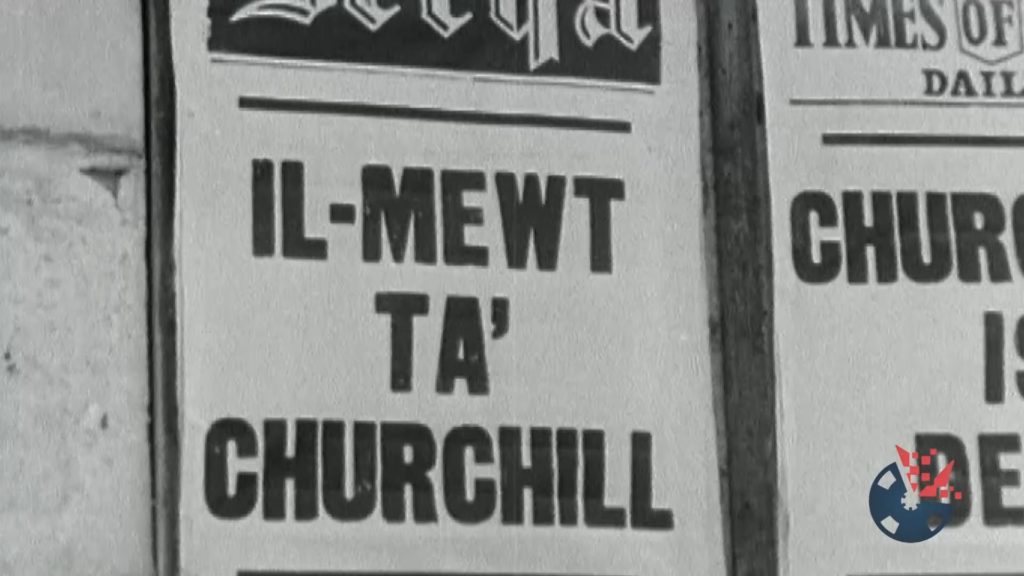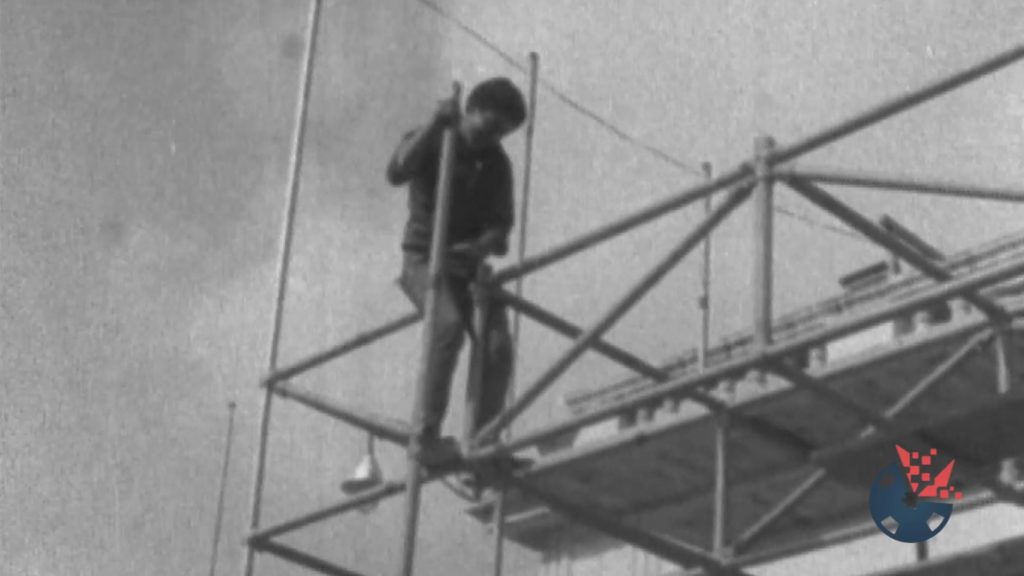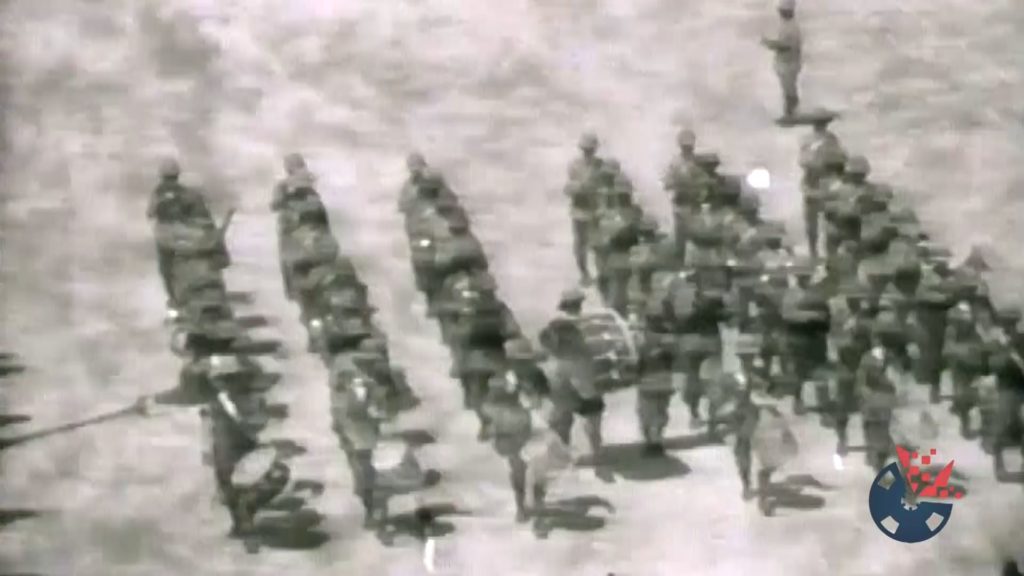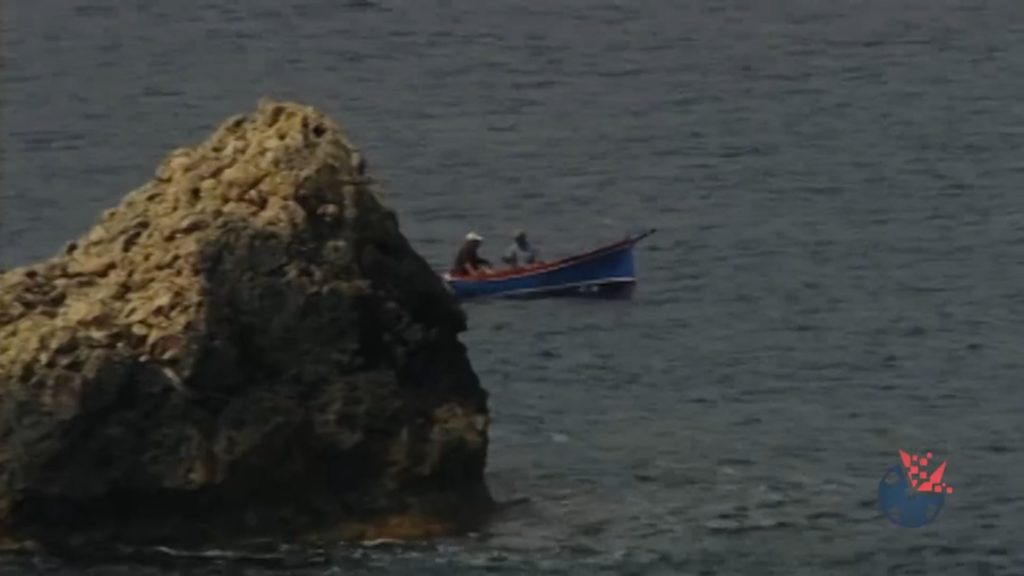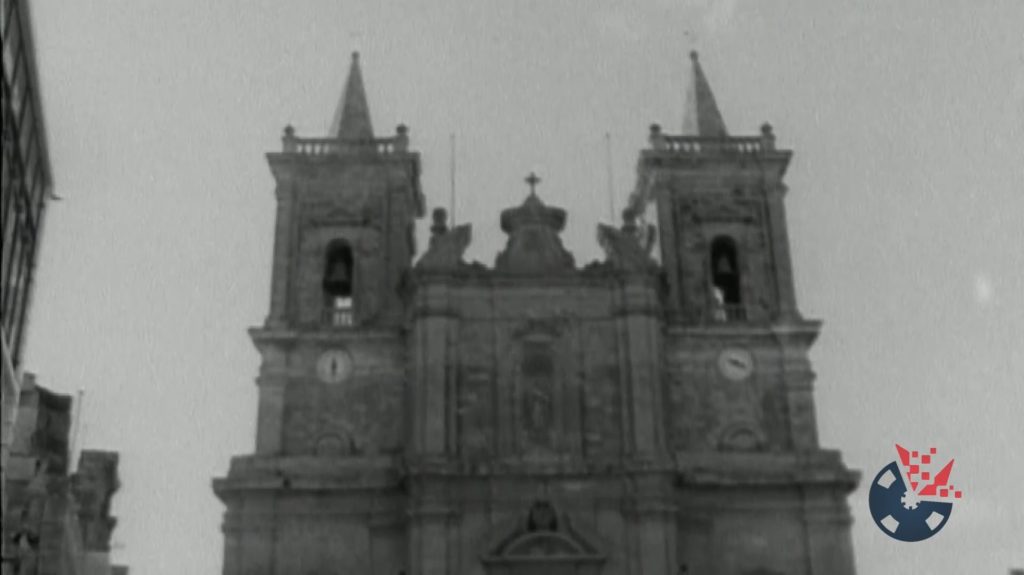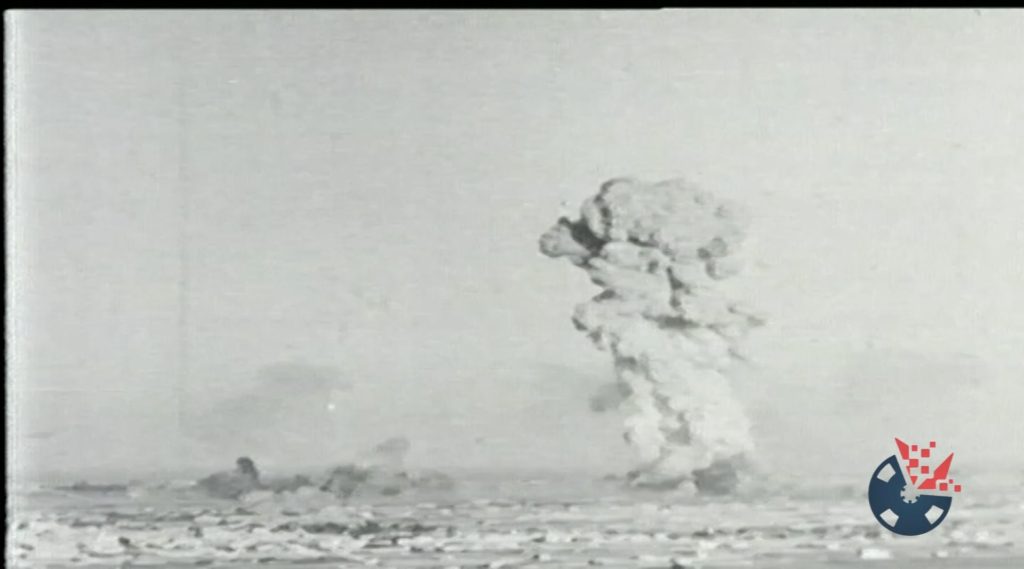Description
Holy Week has always been important in Malta and Gozo.
The celebrations before Easter are primarily of a religious character, taking place in churches where the faithful gather in large numbers to commemorate the passion, death and resurrection of Christ.
Holy Week begins on the Friday preceding Good Friday, when the statue of Our Lady of Sorrows is carried in a procession through the streets of Valletta and many other towns and villages.
On Maundy Thursday – the eve of Good Friday – the ‘seven visits’ take place, where people visit seven different churches.
Good Friday is much more sombre when churches are deprived of their traditional ornamental style.
Some 17 towns and villages in Malta and Gozo commemorate the Passion of Christ starting with an afternoon service leading to a solemn procession lasting several hours.
Some of the best include Valletta, Zebbug, Qormi, Zejtun and Nadur in Gozo.
Each of these statues represents a particular episode in the Passion of the Christ and is carried by bearers. Between one statue and another participants are dressed as biblical characters who take part in the procession.
Many processions include men bearing a cross and sometimes dragging chains as well tied to their bare feet, as an act of faith or penance.
The mood completely changes on Sunday, when the ringing of church bells announces the Resurrection of Christ.
Mid-morning on Easter Sunday, a procession with the statue of the Risen Christ moves along the streets accompanied by band playing festive tunes.
At the end, the way is cleared and the statue-bearers take a run to carry the Risen Christ triumphantly back into the church.
Easter day is traditionally celebrated with a special family lunch.
It is also a time to visit relatives and friends, exchanging good wishes and small presents.
It’s also tradition to give children chocolate Easter eggs and a ‘figolla’, an almond-filled pastry in the shape of a rabbit, lamb, fish or heart, covered in icing sugar.

